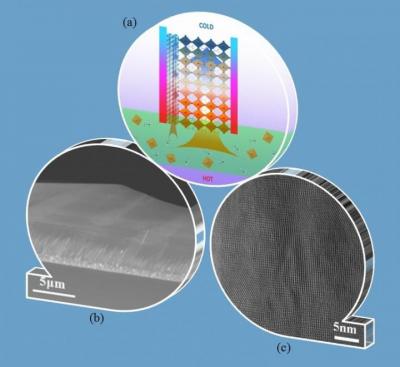A team of Chinese and US scientists from Shenzhen Institute of Technology, Shijiazhuang Tiedao University, Peking University, Argonne National Laboratory, Institute of Metal Research, and University of Washington, have grown a monocrystalline version of a perovskite solar cell.

The created cell is reportedly of high quality and firmly incorporated on FTO/TiO2. To create it, the team has taken advantage of capillary effect and temperature gradient during the growth process. This achievement is considered to be critical, since FTO/TiO2 is regarded as the most extensively used electron-collecting substrate for perovskite solar cells, making the succeeding device fabrication straightforward. Although it won't replace monocrystalline silicon cells anytime soon (the new cell's efficiency is only 9%), it's the first time perovskite has been grown as a single cell.